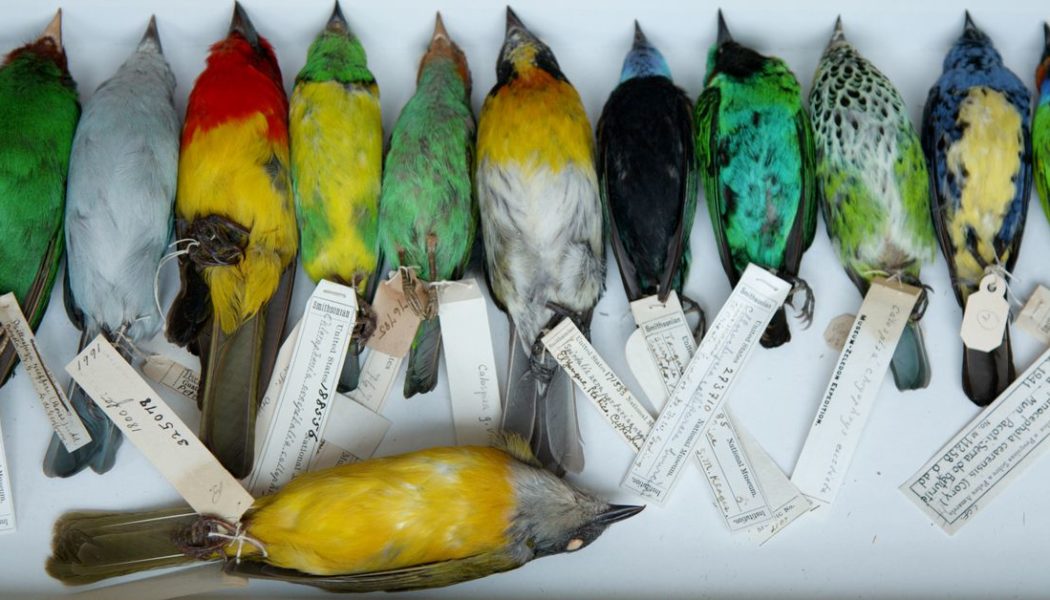
Every summer, hundreds of diamondback terrapins crawl over to New York’s John F. Kennedy International Airport to lay their eggs. In past years, the turtles have been so obstructive, they’ve caused flight delays. To manage situations like these, airports like JFK have entire departments dedicated to keeping wildlife and planes out of each other’s way.
While keeping the tarmac clear of turtles allows airports to operate smoothly, the real danger looms in the skies. On average, over 10,000 wildlife strikes are reported each year to the Federal Aviation Administration, most of them birds. As more planes take to the skies the number of bird strikes has trended upward at an alarming rate, threatening to damage planes, or worse, cause catastrophic engine failure during takeoff, like the infamous American Airlines Flight 1549.
To keep interactions between planes and wildlife from turning deadly, specialists employ a range of tactics from habitat management to sequencing bird DNA. But can they keep up with the pace of travel? The Verge joined a wildlife biologist on the runway at JFK, and an expert in feather forensics at the Smithsonian, to find out. Check out our latest video to see what we found — and learn what the word “snarge” means.









